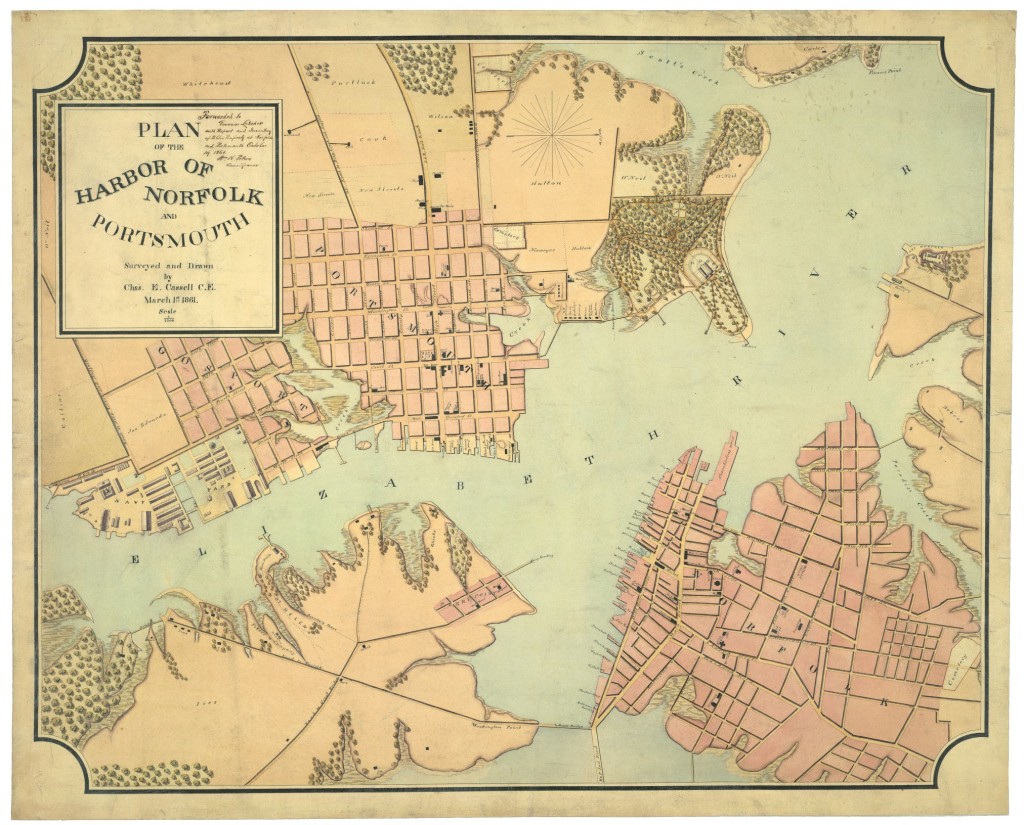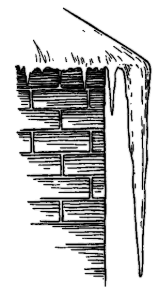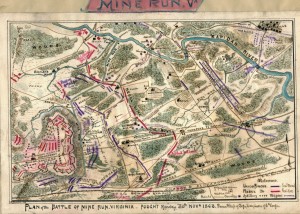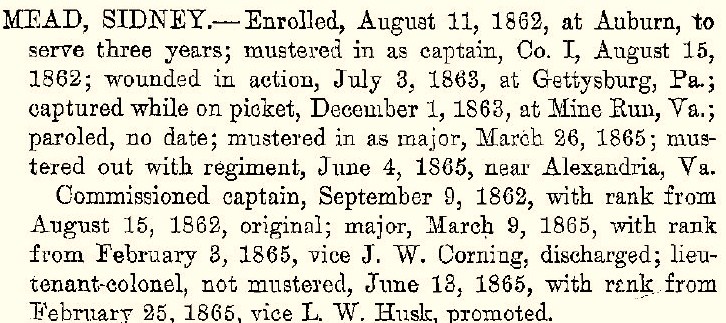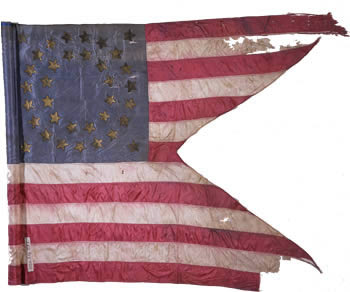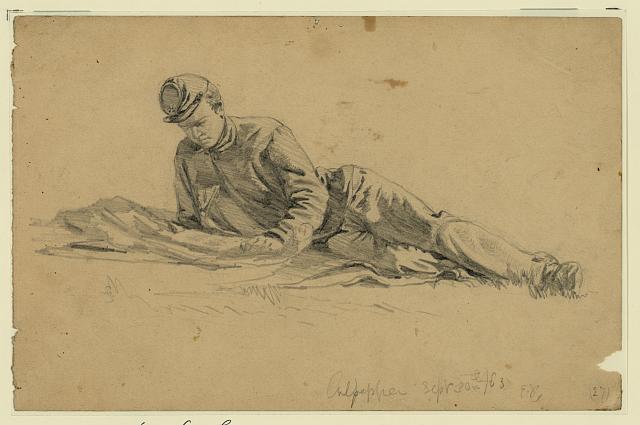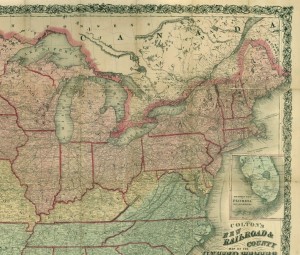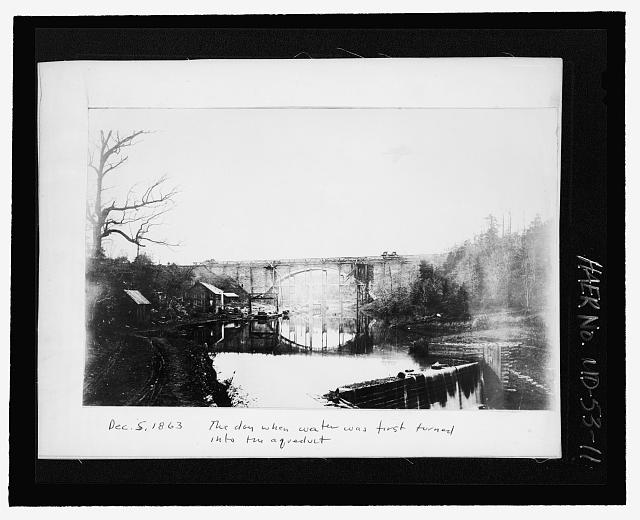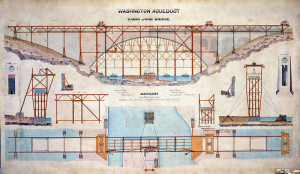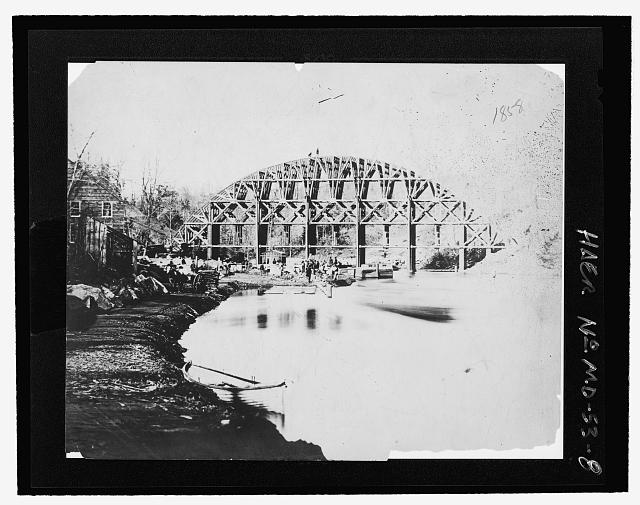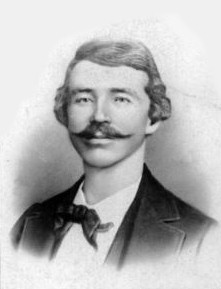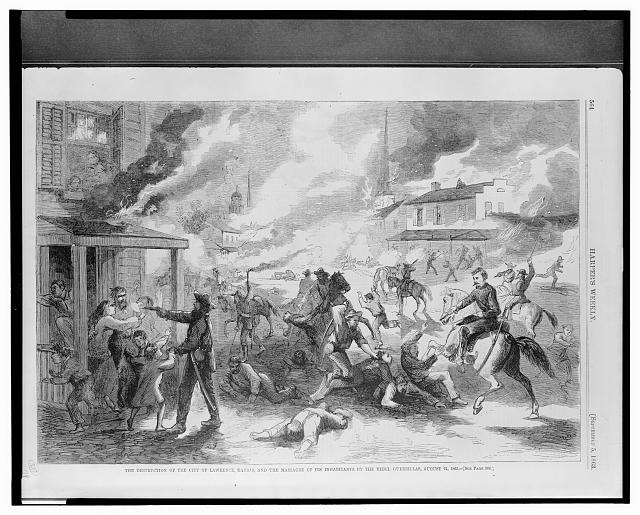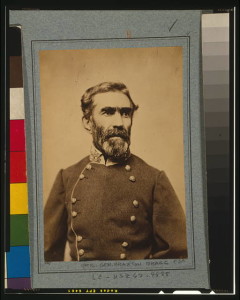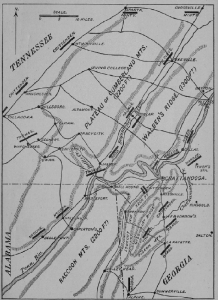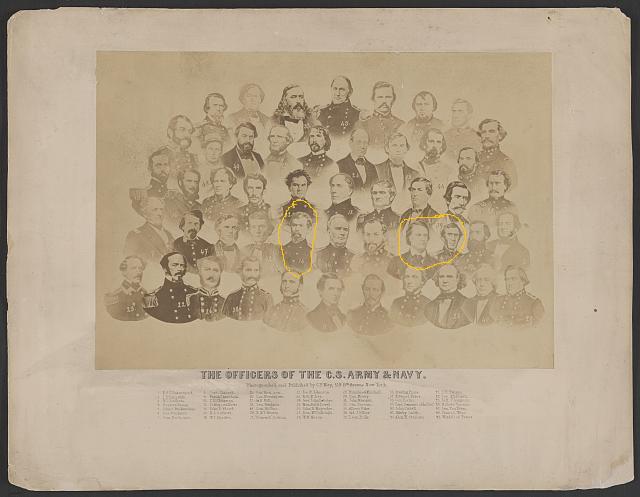The following is an editorial that assessed Secretary of the Treasury Salmon P. Chase’s annual report to Congress. The issuance of greenbacks has been a success and has not increased the money supply beyond the underlying value in the economy. Inflation has been caused in part by military expenditures, but that money has been recycled back to the citizenry at large. Supply hasn’t been keeping up with demand because of the absence of all the workers that are serving in the army.
From The New-York Times December 11, 1863:
The Treasury Report.
When the Secretary of the Treasury made his last annual report, there was a more pressing obligation upon him for the display of financial ability and far-reaching statesmanship than on the present occasion. The duty then devolved upon him, by reason of the peculiar condition of the country, in respect to the great rebellion, and the unsettled question of the volume of national legal tender currency, required for the future conduct of the war, was alike complicated and perplexing. He met the emergency by a statesmanlike review of the resources of the nation, and an urgent recommendation that the direct issue of legal tender notes should be confined to a very moderate increase on the previous aggregate of two hundred and fifty millions authorized by Congress at its preceding session. For the rest he preferred to rely upon loans, temporary or permanent, bearing a rate of interest not to exceed 6 per cent. per annum. Coupled with these views he again submitted — and, it must be confessed, in advance of the state of financial sentiment on the subject — his plan for a National Free-Banking system, secured by the pledge of the Public Stocks of the United States, which, by a fair distribution through the States, would give a uniform national circulation of three hundred millions, after the general return of the country to specie payments, and after the emergency which gave rise to the more direct legal tender issues of the Government shall have passed away.
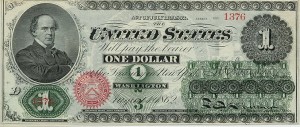
Thank you, Mr. Chase
These recommendations were carried out with singular confidence in the judgment and foresight of the author of the report. Only one hundred and fifty millions — raising the aggregate to the present maximum of four hundred millions — were added to the legal tender authority, and seven hundred and fifty millions authorized by way of loan for the service of the remainder and the whole of the present fiscal years. The National Banking system was also duly enacted, and thus the entire financial machinery of the Treasury placed at the disposal and administration of the Secretary, as he would have it.
Mr. CHASE now comes before Congress with his budget under very different and much brighter auspices. His work is made comparatively easy by the singularly kind working of his previous recommendations so promptly adopted by the last Congress. His additional wants by the way of loans or currency even for the succeeding fiscal year 1865 are few. He has filled up the maximum of his legal tender currency to four hundred millions, and he would not have Congress increase it. He ably vindicates the wisdom, the high credit and popular convenience of this currency, and while admitting that any considerable increase of its volume would defeat the ends of credit and economy, so far as it would be in excess of the actual wants of the country — in the absence of gold and silver as an active circulation — in its business and exchanges — he very clearly demonstrates that neither the wages of labor nor the high prices of commodities have been so directly influenced by it as by the vast expenditures of the war, earned and distributed among our own people, coupled with the diversion of the hundreds of thousands of hardy laborers to the battle-field.
While he has filled up the maximum of his legal tender authority, and desires no increase, Mr. CHASE has thus far employed only fifty millions of the seven hundred and fifty millions authorized by way of loan by the Act of March 3. He has fallen back upon his Popular Loan of Feb. 25, 1862, known as the 6 per Cents of 1882, redeemable at the option of the Government after 1867, and this the people have taken with a freedom, not to say eagerness, at par value, which left him but little to do under the more recent authority, He now simply asks that the same authority, with a few unimportant modifications, be continued to the next fiscal year; the unexpended sum of seven hundred millions to be extended to nine hundred millions, corresponding with the appropriations of Congress for the possible contingency of the prolongation of the war until the 30th of June, 1865. At the same time the Secretary expresses his satisfaction at the prospect of the National Banking system as the other branch of the legislation of last Winter, and his great confidence in its widespread future usefulness.
The Secretary has not been less fortunate in his estimates than in his recommendations. The correctness of his calculations on this point we have had frequent occasion to speak of in the last year or two. Wherever he has had the experience of the past working of our customs revenue system and war expenditure to rely upon, his figures have proved singularly correct. He confesses himself at fault in the present report in his estimate of the proceeds of our new and, at the time, untried internal revenue system, which is scarcely to be wondered at considering the delays which attended its first operation, and the very uncertain amount which, as a novel experiment in this country, it could be made to yield. In all other respects this report demonstrates that the public debt at the close of the last fiscal year, and the aggregate which it will reach by the close of the present fiscal year, were rather over than underrated. And, on the other hand, the ability of the Government and the disposition of our people to raise all the money required for the continued large expenditure of the war, and the amount of customs which the consumption of foreign goods would yield for the interest upon the public debt in gold, were in no respect over-estimated. We take for example the public debt on the 30th June last. The estimate was for $1,122,297,403. The actual is $1,098,793,181. The customs were to be $68,041,736. They proved to be $69,059,642. The interest upon the public debt was to be $25,041,532. It was actually $24,729,846. The report of last year estimated for the close of the present fiscal year, a total public debt of $1,744,685,586. The actual increase of five months of the year and the estimated increase of the next seven months reduces this sum to $1,686,956. 641, which may be reduced in certain contingencies to $1,634,000. Assuming the first figure as the maxinum, the Secretary will require to raise by loan, temporary or permanent, by the 30th June next, $352,000,000, from which he deducts the remainder of his Popular Loan now in the course of subscription, $101,059,600, and relies upon at least $25,000,000 to his present line of deposits in the Treasury. This would leave about $250,000,000 to be raised under the Act of March 3, 1863, by temporary or permanent loan, in the discretion of the Secretary, to meet the wants of the present fiscal year. While the requirements by way of loan for the next fiscal year are estimated at $544,978,548; raising the aggregate public debt on the 30th of June, 1865, if the war should continue so long, to $2,231,935,190. The ordinary resources of the next fiscal year from customs, internal taxation, &c., are placed at $206,838,539.
In the negotiation of his loans, the Secretary states that he has kept steadily in view, first, a moderate rate of interest; second, general distribution; third, future control-ability; and, lastly, incidental utility; all of which points he illustrates with force and ability, and the wisdom of which, especially the second and last, can scarcely be over-rated. …
You can read Mr. Chase’s report in the same issue.

